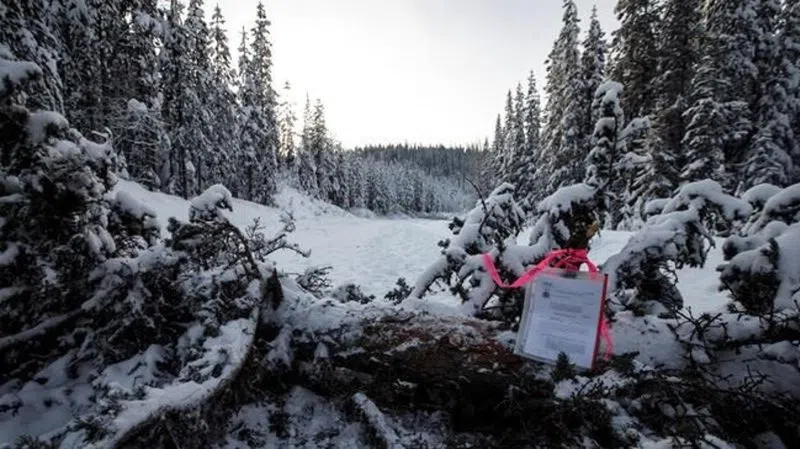
What the Wet’suwet’en case says about how Canadian courts address Indigenous law
About 30 years before the Wet’suwet’en First Nation faced the possibility of a natural gas pipeline through its territory, members fought a different battle in court.
Lawyer Peter Grant, who represented the Wet’suwet’en and neighbouring Gitxsan First Nation, reportedly called an elder as a witness and asked her to sing a death song.
The 1991 Delgamuukw case considered the existence of Aboriginal title and Grant told the B.C. Supreme Court that the song was part of an oral history that explained the First Nation’s relationship to the territory.
In an exchange widely quoted in legal journals, he was interrupted by Justice Allan McEachern, who said it wouldn’t do any good to sing the song because he had a “tin ear.”
